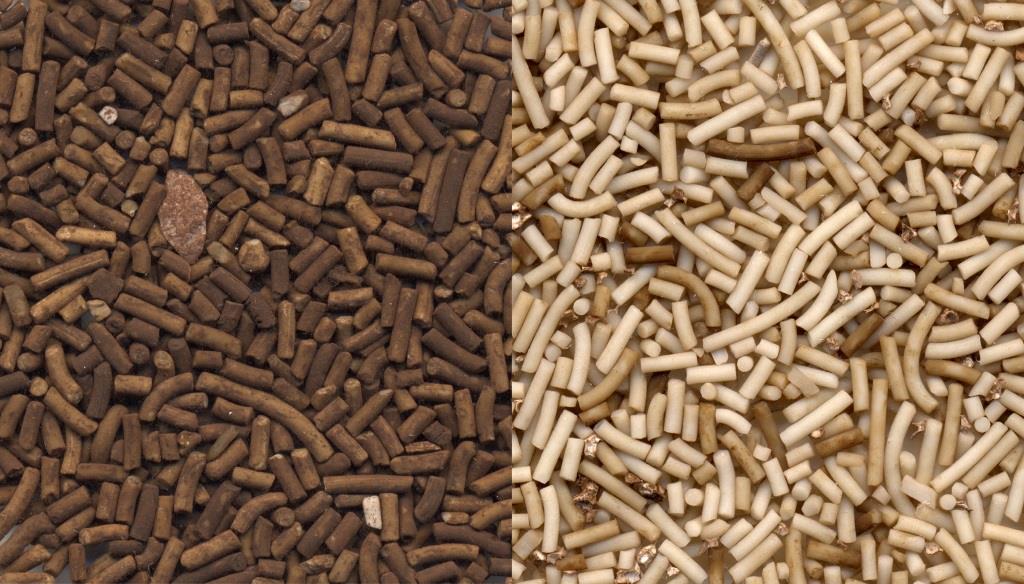
Feeling the
financial burn of iron
Obstacle
Our customer was experiencing catalyst deactivation within six weeks of startup—a particularly expensive problem in this case, as the catalyst in question was made from platinum. Ideally, the unit had intended to perform a hot-hydrogen strip, reactivating the catalyst to run for several additional 13-month cycles. But when they performed their regeneration, they were only able to recover a fraction of what they had expected. Unloading the vessel, they discovered iron deposits. Now, instead of reactivating, they were forced to vacuum out the reactor, haul the material to a metal reclaimer to separate the iron from the poisoned catalyst, then put in a brand-new load.
Path
In this case, pressure drop was not an issue—just activity loss due to the iron poisoning the catalyst. Crystaphase added CatTrap® to the equation, mitigating the loss of activity and enabling regeneration of the catalyst.

Results
At the next scheduled changeout—and for the first time ever—they found no iron deposits, and the unit was able to regenerate its catalyst.
$1,081,800 per year saved protecting your catalyst.
Reclaim profits. Get an analysis.
The shortest path to optimizing reactor economics is a comprehensive system evaluation. Get yours.
Get your reactor analysis now.